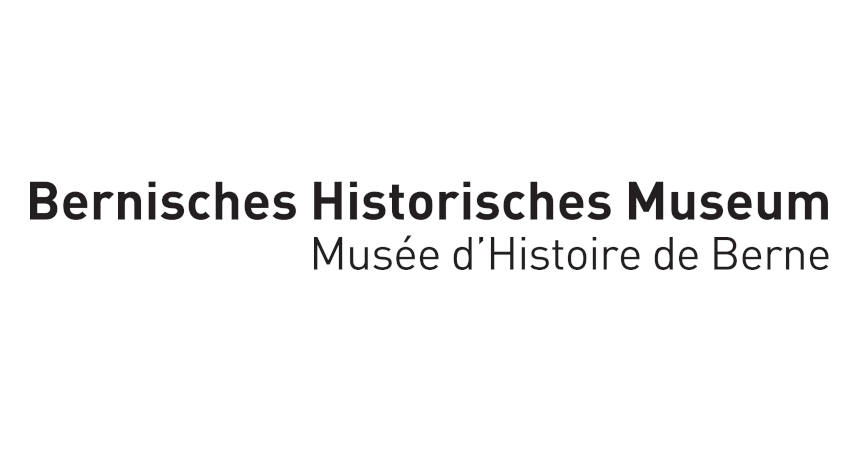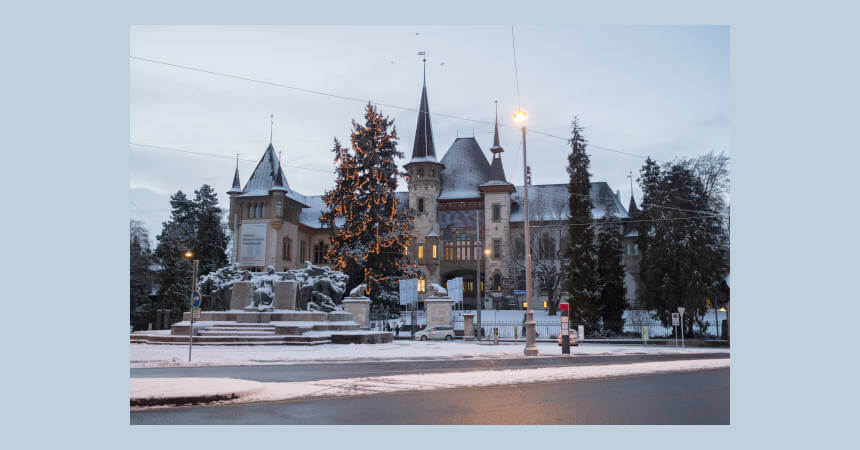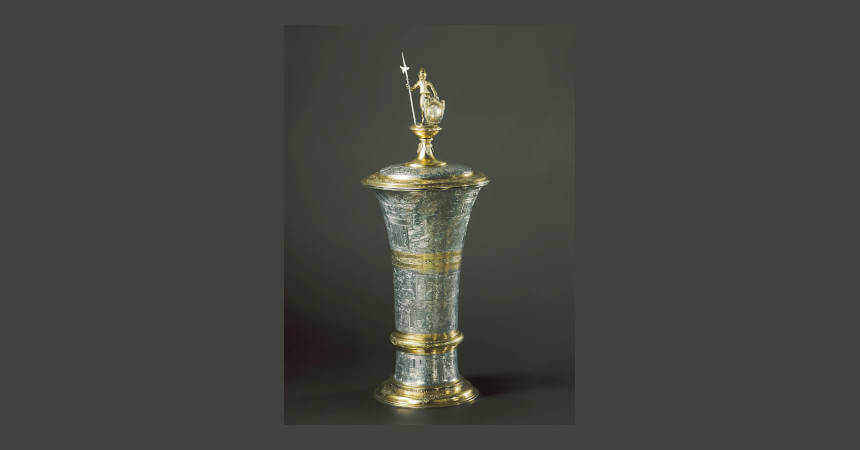Bernisches Historisches Museum
Wenn es kein Logo gibt, wird diese Spalte einfach leer gelassen. Das Bild oben bitte löschen.
(Dieser Text wird nicht dargestellt.)
Helvetiaplatz 5
CH-3005 Bern
Phone: +41 31 350 77 11
info@bhm.ch
www.bhm.ch
Opening hours:
Tue-Sun: 10 a.m. – 5 p.m.
The German version of this text was written by Daniel Schmutz.
Background
The numismatic collection of Bernisches Historisches Museum (the Historical Museum of Bern) has its origins in the holdings of the City Library of Bern. Since the 16th century, not only books but also various ‘antiquities’, including coins, have been collected by this institution. The collection focused on ancient and Swiss coins. These included many Roman coins, as important Roman archaeological sites such as Windisch, Avenches and Nyon were part of Bernese territory during the Ancien Régime.
In 1894, the Historical Museum of Bern was opened in the historicist building on Helvetiaplatz. Four years later, in 1898, the Coin Cabinet was completed and the 17,000 or so coins, medals and dies were transferred to the museum. Since then the collection has grown to some 65,000 objects. Since 2010 it has been housed together with the associated library in the new ‘Kubus’ building, where it is available for consultation by scholars and interested laypersons.
The Collection
The most important holdings are Swiss coins with a focus on Bernese coins (about 13,000 in total). In addition to Roman coins (approx. 13,400), Greek coins, together with Roman provincial coins, form another focal point (approx. 6,700). Since the addition of the Oriental collection of Henri Moser-Charlottenfels (1914), the Central Asian coin collection has grown steadily and today comprises some 4,400 coins of the Parthians, Sasanians, Kushans and Iranian Huns. Other smaller holdings include Islamic and Chinese coins. Around 7500 medals, over 1100 stamps and around 3500 banknotes are also part of the collection.












